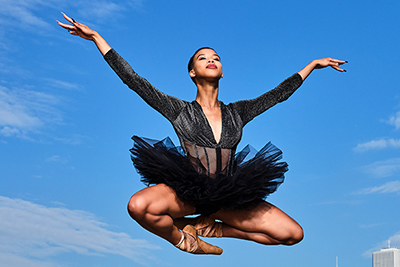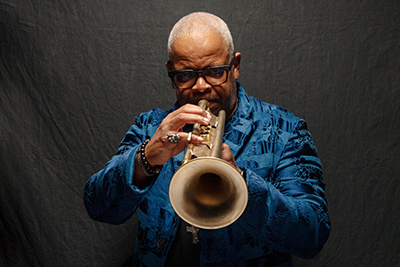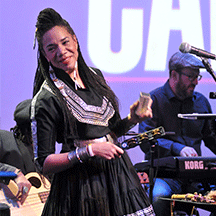Background
- The History of Hip-Hop: FRESH AIR FEATURES INTERVIEWS WITH SOME OF THE GREATEST NAMES IN HIP-HOP HISTORY >
- “In the absence of data, we will always make up stories…” Counting Together >
- The Mixed Blood Theater Company: Theater to Disrupt Injustice >
- Interstate Musical—opens in YouTube >
- MayDay, Melissa Li and Kit Yan, authors—An online reading during Covid, facilitated by Professor Markus Potter—opens in YouTube >
Readings
- The Job of a Poet Is to Witness: A conversation with Patricia Smith, winner of the 2021 Ruth Lilly Poetry Prize, by Saeed Jones>
- Saeed Jones, Alive at the End of the World >
- Gloria Oladipo, A Strange Loop review—Michael R Jackson’s thrilling Broadway triumph, The Guardian
- A Strange Loop: Tiny Desk (Home) Concert—opens in YouTube >
Engaging with Live Performance
Considerations for the Performance
Darren Canady, KU Professor of English
Experiencing a live performance is dynamic by design. When you are in the same physical space, the artist intends to affect you on a palpable, human level. But for that to happen, you have to be an active and engaged collaborator in the experience. The best way to do that is to do some simple tracking during the piece.
Questions for Engaging a Performance
The best way to do that is to do some simple tracking during the piece. Pay attention to:
- What visuals catch your eye? What “pictures” are being created by the artists?
- How is the space being used? Does it feel expansive? Does it look compact?
- What’s in the soundscape? What are the textures of the music that you hear? What’s sounds exist that are NOT music?
- How are the human bodies you see affected by the above? What is the relationship between body, voice, sound, and space in this performance?
- What story is being told? What are the major points of that story?
- Now this one is major so make sure you’re giving it some attention: What emotions do you feel throughout the piece? Why? What moments arrest you? What moments leave you with questions?
- After the performance finishes, take just a few seconds to write down a list of sensory words, adjectives, or emotions you’re left with. Use these to form questions for the artists and as artifacts to explore during the rest of the curriculum.
- How does this performance allow you to notice or experience your own body in a new or different way?




